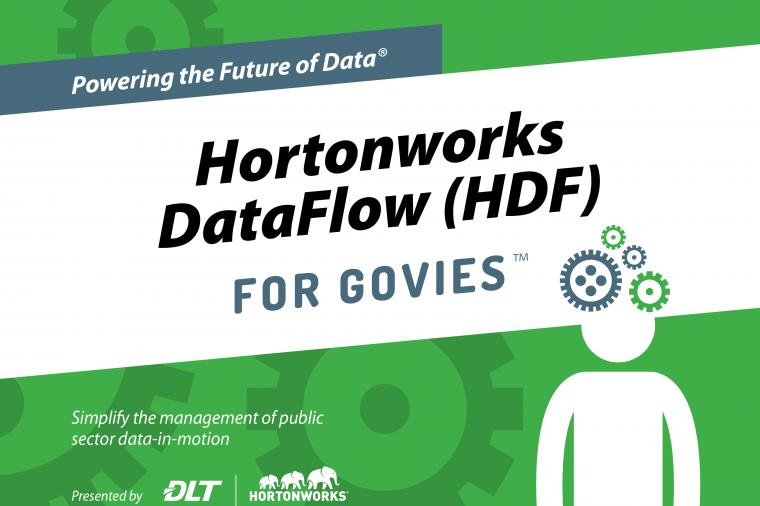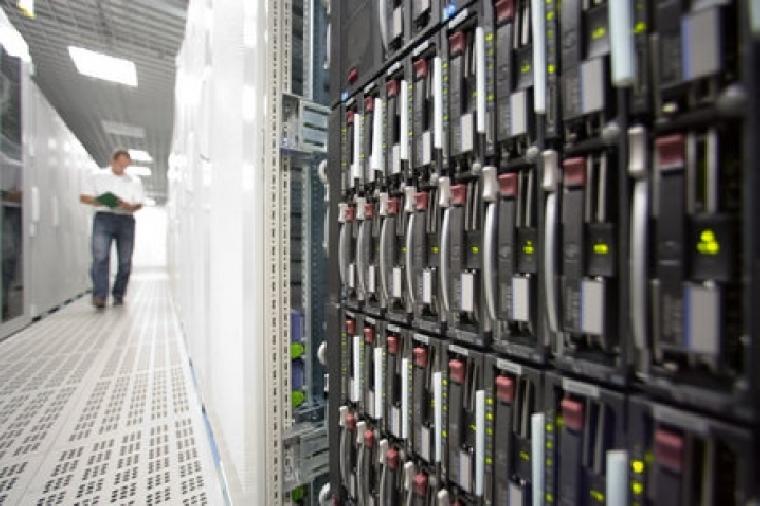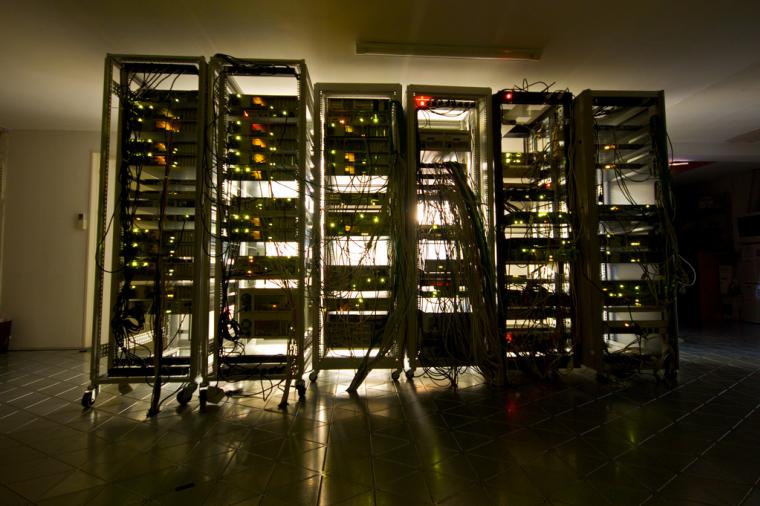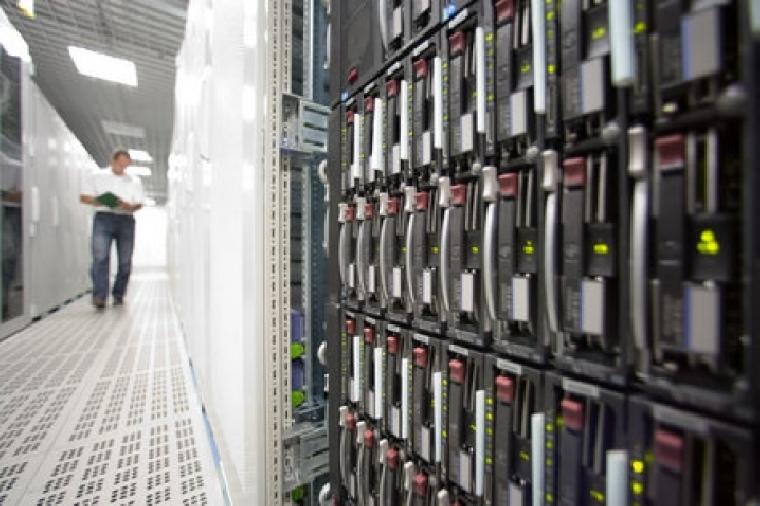STaaS – Handling the Data Deluge
With the volume of data soaring and budgets plummeting, federal IT executives are feeling the squeeze. The findings from a 2012 survey by MeriTalk indicated that the average amount of data being generated and stored by federal agencies was estimated to be around 1.6 petabytes, and within two years the average could grow to nearly 2.6 petabytes, and these numbers seem conservative. Add in security concerns and compliance requirements, and the government enterprise data management challenges can seem insurmountable.
We’ve been supporting the public sector for over 20 years, so we have a pretty solid understanding of the current financial and technical constraints within federal agencies. In order to alleviate the challenges associated with the disparity between the surge in data and the shrinking of budgets, we have introduced the DLT Storage as a Service (STaaS) offering.
The STaaS is a public sector ready, customized solution built on NetApp hardware and software. STaaS provides secure, available, and dedicated on-premise infrastructure, and we deliver this offering in a metered, pay-per-use, monthly in arrears billing model… just like public cloud services. This solution delivers a dedicated, single-tenant storage platform the can be procured through operating expense dollars with no capital investment.
This offering is designed for customers who are looking for a flexible, on-demand storage platform for their existing IT infrastructure or even for their private Infrastructure as a Service (IaaS) cloud platforms built on technologies like Red Hat OpenStack or Eucalyptus. STaaS is also ideal for fusion architectures in which customers may want to maintain their data on a dedicated, non multi-tenant storage platform but would still like to leverage the elasticity and flexibility of public cloud services.
The fusion model is particularly compelling for customers who might have more stringent controls or compliance requirements, but they have the need to access the seemingly limitless computational power of a public cloud service like AWS. With STaaS and a public cloud platform, the entire solution can be provided in monthly, in-arrears, utilization based operating expense model.
An example of how this fusion architecture would work is to leverage the Amazon Direct Connect service with an Amazon Direct Connect partner like Equinix who provides world-class data centers. Traditionally, to access a public cloud service like AWS, the customer would leverage public Internet connections. Of course, using the Internet can introduce unwanted latency and would require some usage of public IP addresses which might increase the overall attack surface of your IT services.
In a fusion deployment, the customer’s STaaS would sit in a cage in the Equinix data center. This cage would then be cross-connected directly into an AWS Region. Optionally, customers could also then link their cage back to their own data centers. This configuration removes the need for Internet connectivity to access AWS. Furthermore, this connection provides dedicated bandwidth with very low latency.
This architecture enables a federal customer to keep all of their data on the DLT STaaS while harnessing the immense computational power and flexibility of the AWS platform. Virtual machines can be brought up and torn down based on job requirements. One example of how this configuration would be beneficial would be for data modeling or analytics. With the data being served up by the STaaS and the virtual machines by AWS, customers can bring computational power to the dataset without leveraging the multi-tenant nature of public cloud storage.
For many agencies it can be the best of both worlds, and a continuation of the OpEx, pay-as-you-go model. In these fusion scenarios, we offer full support not only for the STaaS but the AWS service, as well.
With the STaaS we can give customers complete control in a dedicated storage platform, delivered in a pay for use model that fits today’s budgetary climate. From a data storage perspective, that should take some of the pressure off of the federal IT executive.
This article originally appeared on GovDataDownload.








































